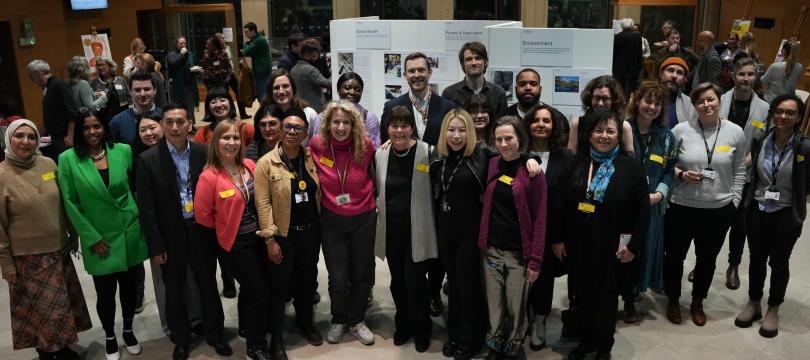Artists and Researchers - the art of successful collaboration

17 / 07 / 2019
How are researchers and artists working together to engage the public with research? How can these relationships be facilitated? What do these collaborations mean for our understandings of art, science and research? Who benefits from these collaborations? To what extent has engagement with the arts improved public access to and engagement with research?
The NCCPE are creating a ‘What Works’ guide for collaborations between researchers and artists. We have been working with the University of Leicester on a short piece of desk research to explore the ways in which researchers and artists collaborate together to engage the public with research, with a particular focus on public engagement with STEM. The research offers a quick snapshot of some of the work that is happening but we are keen to find out more.
The research suggests that there are some great examples of researchers and artists working together. Of the projects reviewed, two broad categories emerged:
- Targeted engagement projects that use art as a tool for opening dialogue with specific groups of people
- Events and exhibitions to inspire and inform publics about research
However there are also lots of examples where the collaboration itself is the outcome, where the relationship between the artist and researcher has opened specific opportunities to learn, reflect and develop new ways of thinking.
Collaborations between researchers and artists develop in different ways, ranging from partnerships driven by personal contacts and/or interests, to those developed in response to funding calls. These collaborations are often supported by arts advisors or engagement professionals.
Both artists and researchers feel that their own work benefits from the collaboration. However there are a number of challenges that stop these partnerships from thriving:
- A lack of resources in both public engagement and the arts mean support for these collaborations is hard to find.
- A lack of understanding from both artists and researchers about each other’s fields and working cultures can lead to tension and unbalanced partnerships where the role of the artist is not valued appropriately.
